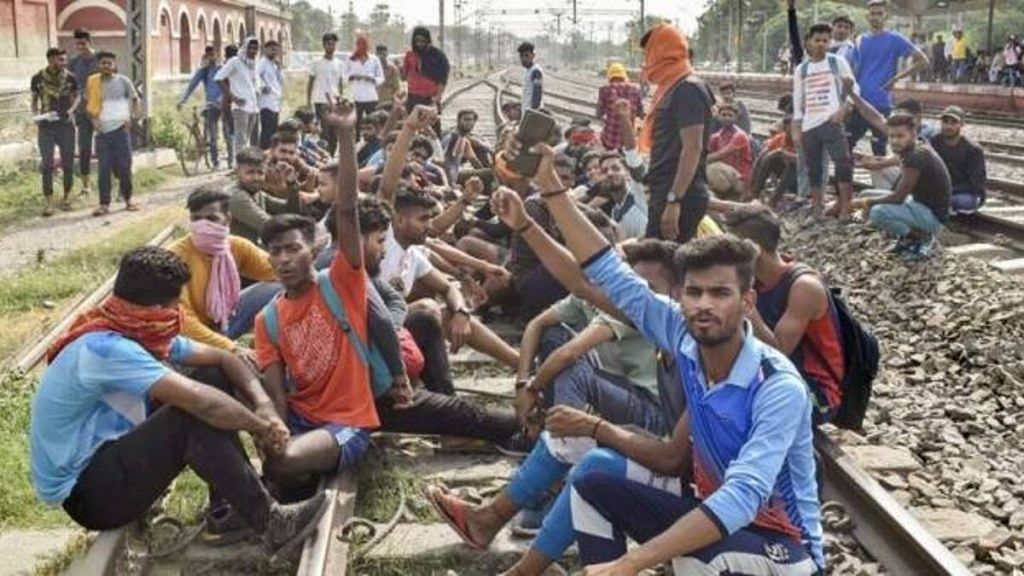Centre announced the Agnipath scheme on 14 June 2022, to make a “more youthful and technically adept fighting force”. The announcement of the latest recruitment scheme resulted in many Army aspirants protesting vociferously against the scheme.
The new scheme will replace the existing recruitment process by recruiting Army aspirants aged between 17.5 and 21 by providing monthly salaries and incentives during and after the four-year service period. After four years, 25 per cent will be recruited back while the rest will move out.
The Narendra Modi government hailed it as major reform but it received heavy backlash from youth urging the government to roll back the scheme. To prevent further exacerbation of the situation, the Centre and certain BJP-ruled states have been issuing clarifications to enlighten protesters and providing specific incentives to pacify and motivate them to welcome the scheme.
Also read: Agnipath an ember that can consume India. Why it’s an invitation to civil war
Reform or Problem?
Change is an inevitable prerequisite for the progress of any nation. Reforms are changes that make innovative, modern, and strong institutions. Agnipath intends to ensure youthful, diverse, and tech-savvy armed forces in view of growing contactless warfare in defense systems. According to the Seventh pay commission report, in the existing system, half of the defence budget is allocated to pensions, and less than 5 per cent is allocated to R&D. Agnipath helps in modernisation of warfare along with building youthful armed forces. It also promotes a disciplined and employable socio-economic society by supporting Agniveers financially after the service period.
But, not everyone is convinced about the effectiveness of the scheme. One major factor for the wide protests is the end of job permanency, pension, and medical services with the arrival of Agnipath. It may also lead to society militarisation if the economy fails to produce sufficient jobs for the remaining 75 per cent Agniveers. Many army veterans have opposed Agnipath in view of loyalty erosion caused by the short-term service period.
I feel this is a conservative, myopic view of the scheme without taking into account the feasibility and application. Such type of schemes has been in existence in countries like the US, UK, Russia, Israel, South Korea, and China.
Also read: How Tour of Duty pilot project became Agnipath, a journey of 254 meetings lasting 750 hours
The way forward
Unveiling such major reform in armed forces amid border tensions is really a bold step of the Union government. The backlash may be due to the non-recruitment of youth into the Army in the last two years or because of a misunderstanding about the scheme. But it is important not to treat Army recruitments as employment-guarantee schemes.
Centre must address issues worrying youth rather than succumbing to political or protest pressures. Instead of withdrawing, the government can go with a piecemeal approach of implementation in revamping the system to avoid problems while modernising armed forces.
It is important that both government in view of prevailing security concerns and situations at the border. One has to be internally stronger to face the external threat. Hence it is wise to think and rethink matters of national security as a whole by putting all our differences existing among us on the back burner.
The author is a student at Sri Satya Sai Institute of Higher Learning, Andhra Pradesh.
